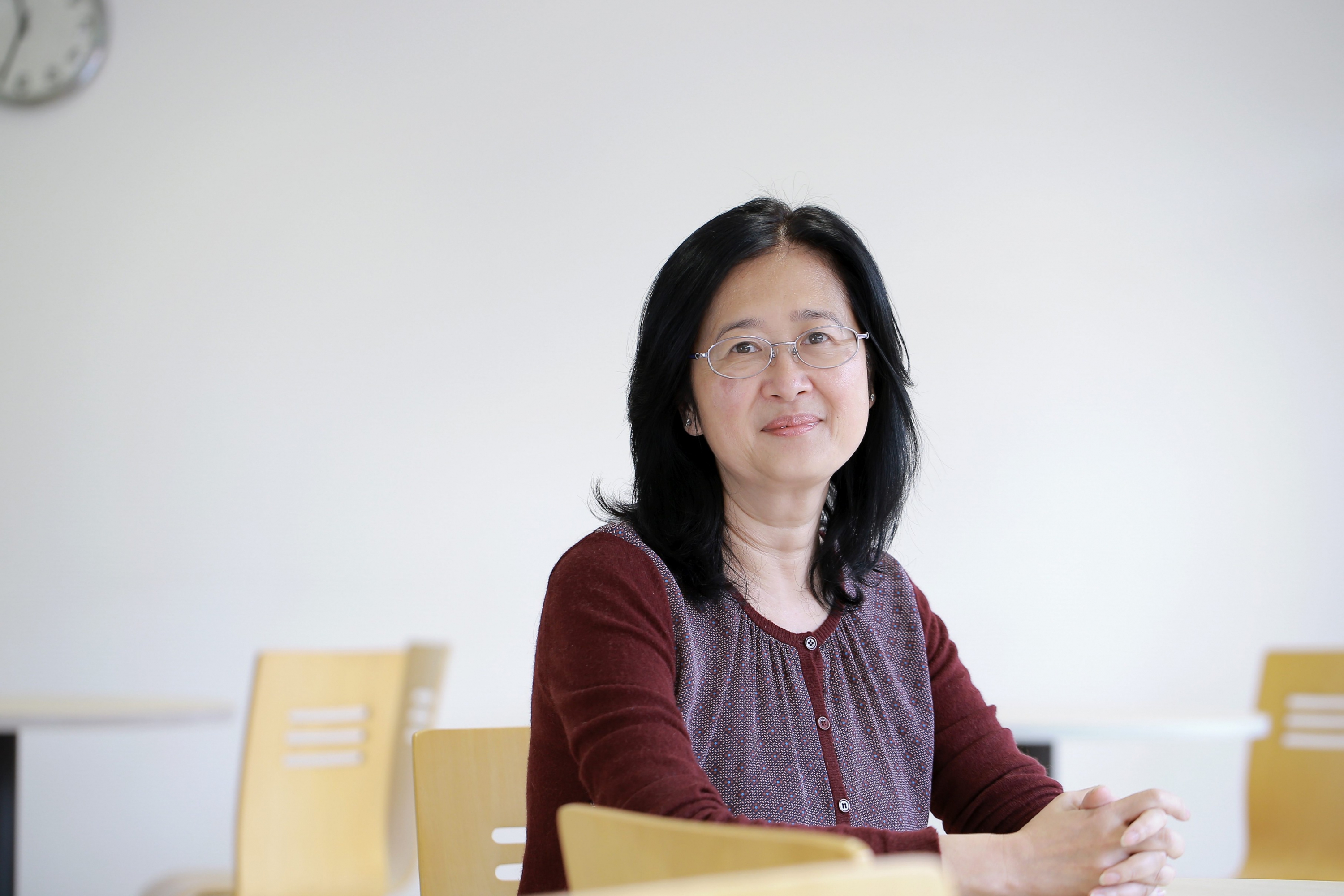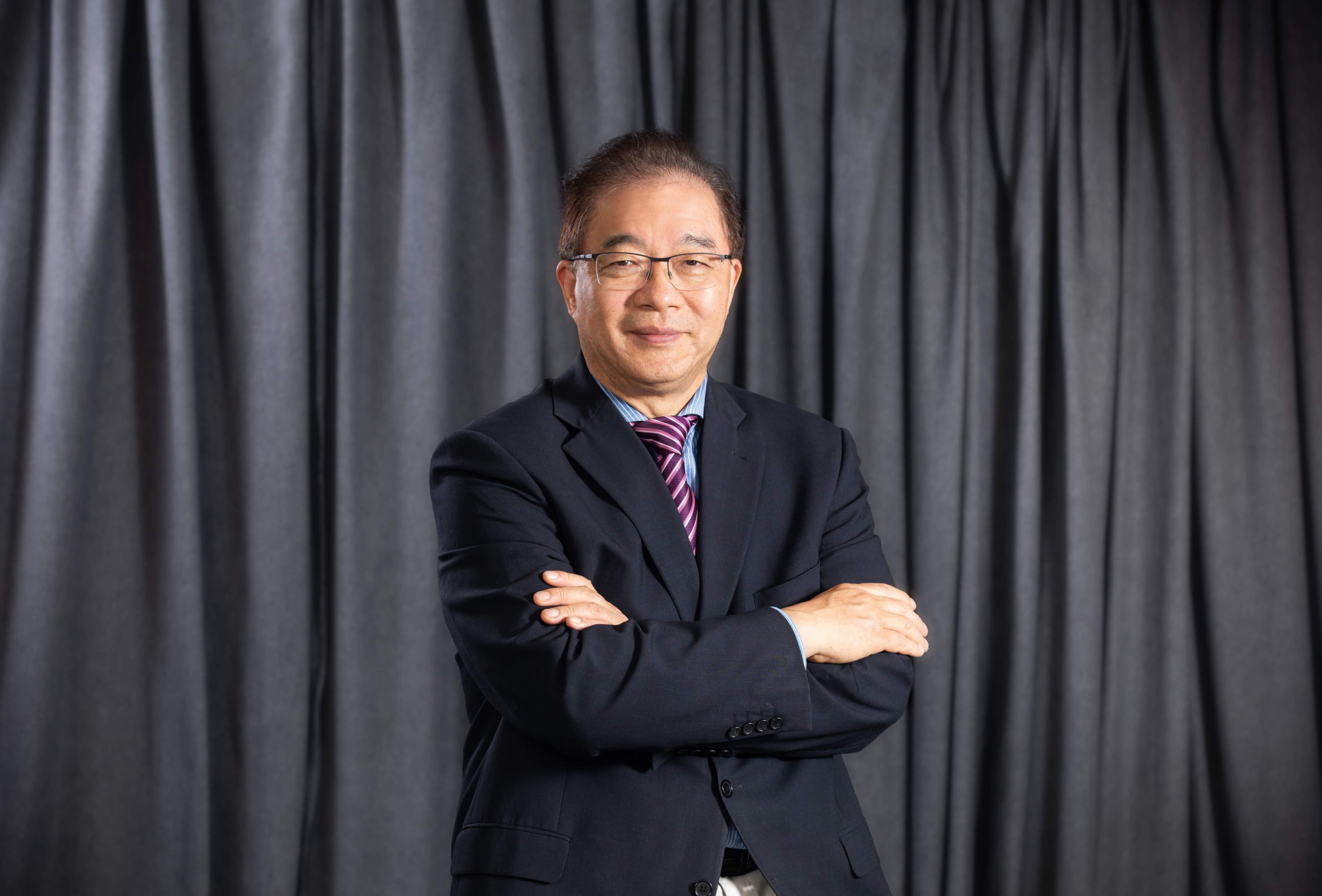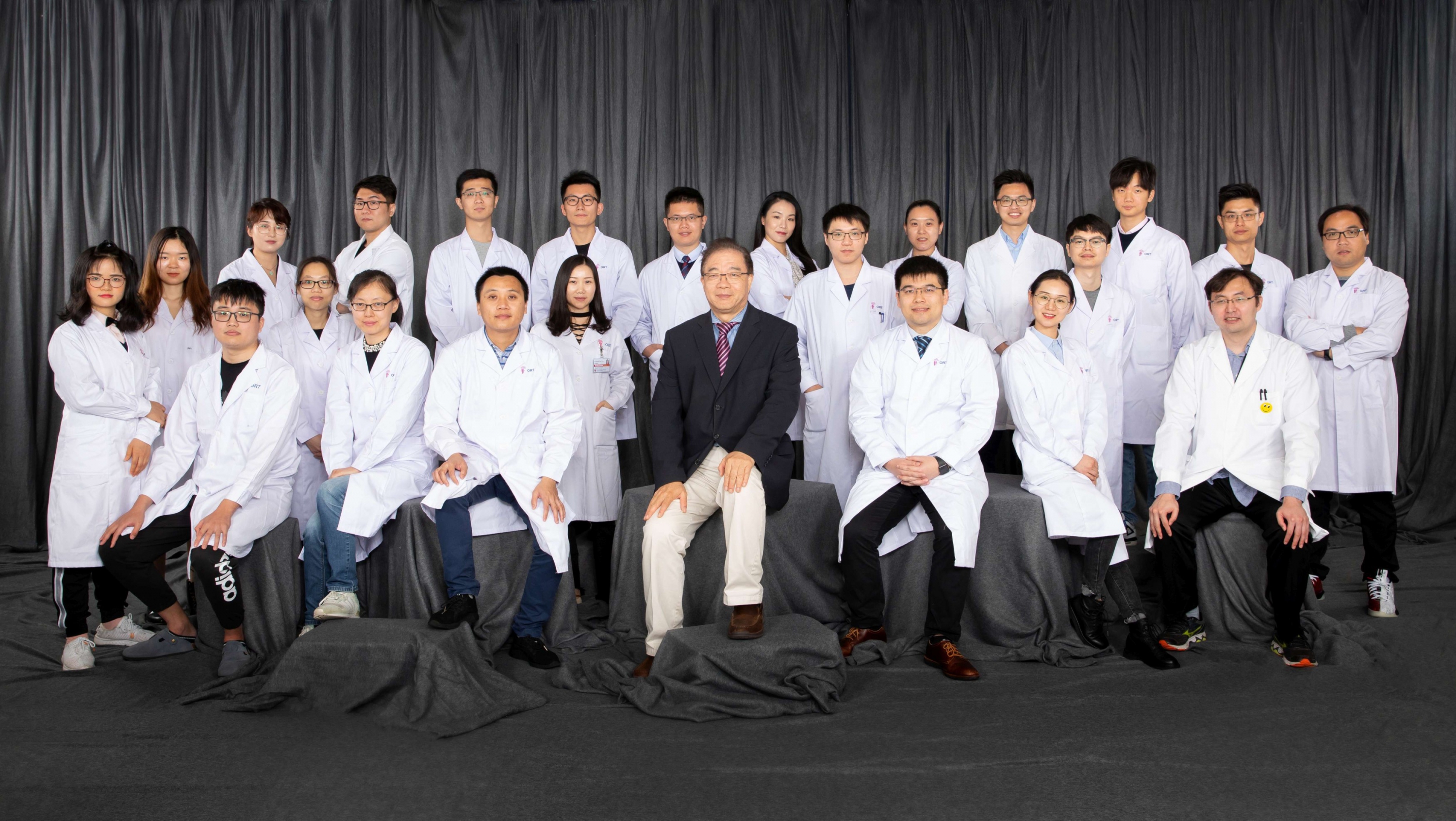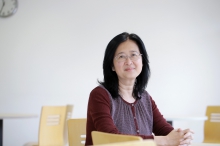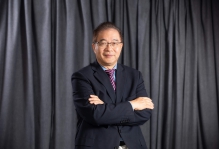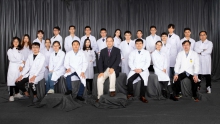CUHK
News Centre
Two CUHK-led Research Projects Awarded Over One Hundred Million Funding as UGC Areas of Excellence
Two outstanding projects led by researchers of The Chinese University of Hong Kong (CUHK) have been granted over HK$140 million in funding in the ninth round of the Areas of Excellence (AoE) Scheme under the University Grants Committee (UGC). The project “Centre for Medical Engineering of Molecular and Biological Probes”, led by Professor Nathalie Wong, Department of Surgery of the Faculty of Medicine, received funding of over HK$71 million. Led by Professor Ling Qin, Assistant Dean (Mainland Affairs) and Professor of Department of Orthopaedics and Traumatology of the Faculty of Medicine, the project “Aging, Skeletal Degeneration and Regeneration” has been awarded more than HK$70 million.
Centre for Medical Engineering of Molecular and Biological Probes
Over 60% of current FDA-approved drugs are directed against membrane proteins. Despite their clinical appeal, cell-surface proteins are underrepresented in public proteome and genome databases. The research project led by Professor Nathalie Wong proposed conducting a systematic analysis of focused discoveries of cell-surface neo-epitopes in cancers widely found in Asia: hepatocellular carcinoma (HCC), nasopharyngeal carcinoma (NPC) and lung adenocarcinoma (LADC). The team will leverage the information for generating dual-targeted theranostic probes for molecular imaging and precision therapy. They will also exploit characteristic features of cell-surface antigens for engineering genetically modified CAR T-cells.
Professor Wong has assembled a multidisciplinary team of strong investigators. The team members have previously made important discoveries on the causal events of HCC, NPC and LADC. The team’s recent sequencing work has revealed a window for theranostics development by directing probes against tumor-specific cell-surface proteins. This new knowledge has invigorated their pursuit of more promising treatment options. The team members have also made significant contributions in cell-SELEX screening for nucleic acid aptamers and characterised surface proteins for antigen-binding fragments in CAR T-cells engineering.
The team believes that the establishment of a “Centre” for theranostics engineering under the aegis of the AoE scheme will have strategic importance for Hong Kong. The numerous applications of theranostics engineering in the fields of biotechnology and biomedicine will bring economic benefits, societal impact and fresh thinking, heightening the international stature of Hong Kong as a leading centre of excellence in the related research area.
Aging, Skeletal Degeneration and Regeneration
The world population is aging, particularly in Hong Kong. The Hong Kong Government has projected that the local population will see a rapid increase in its aging population from 15% in 2014 to 36% in 2064. The incidence of age-associated osteoporosis and bone fractures is high, with one osteoporotic fracture occurring every three seconds worldwide. Extensive research has been conducted on aging. Coordinated and multidisciplinary research facilitating skeletal regeneration in bone metabolic disorders and fragility injuries, especially in searching for bioactive and biodegradable implantable materials for temporal fixation and stimulating skeletal regeneration, is still highly desirable.
Professor Ling Qin’s research team recently identified the unique function of neuronal protein regulating the regeneration of skeletons via sensory nerves. Degradation of Magnesium (Mg) releases Mg ions and hydrogen gas and creates a local alkaline environment. They have delineated that Mg ions stimulate sensory nerve endings in the periosteum and upregulate and release calcitonin gene-related peptide (CGRP) from dorsal root ganglions. CGRP, an osteogenic neurotransmitter, facilitates differentiation of periosteum-derived stem cell into osteoblast linage, and thus benefits osteoporotic fracture repair, highlighting Mg as an excellent candidate for facilitating skeletal regeneration in elderlies.
With the support of AoE scheme, the team will apply advanced biotechnologies to address these scientific questions while continuing the translational work on innovative biodegradable implants towards multi-centre clinical trials and Class III medical product registration for broadening clinical applications. The collective efforts will enhance the regeneration of challenging musculoskeletal disorders and hence reduce the healthcare and socio-economic burden of the aging society.
About the UGC Areas of Excellence Scheme
The Areas of Excellence (AoE) Scheme was launched by the University Grants Committee (UGC) in 1998. Up to 2020/2021, a total of 28 AoE projects from various disciplines have been funded in nine rounds of exercise, in support of their research. Among them, 11 were led by CUHK researchers. In the most recently announced ninth round of funding results, 4 projects in total were granted, with two led by CUHK. Researchers from CUHK also participated in the project “2D Materials Research: Fundamentals Towards Emerging Technologies” led by the University of Hong Kong.


